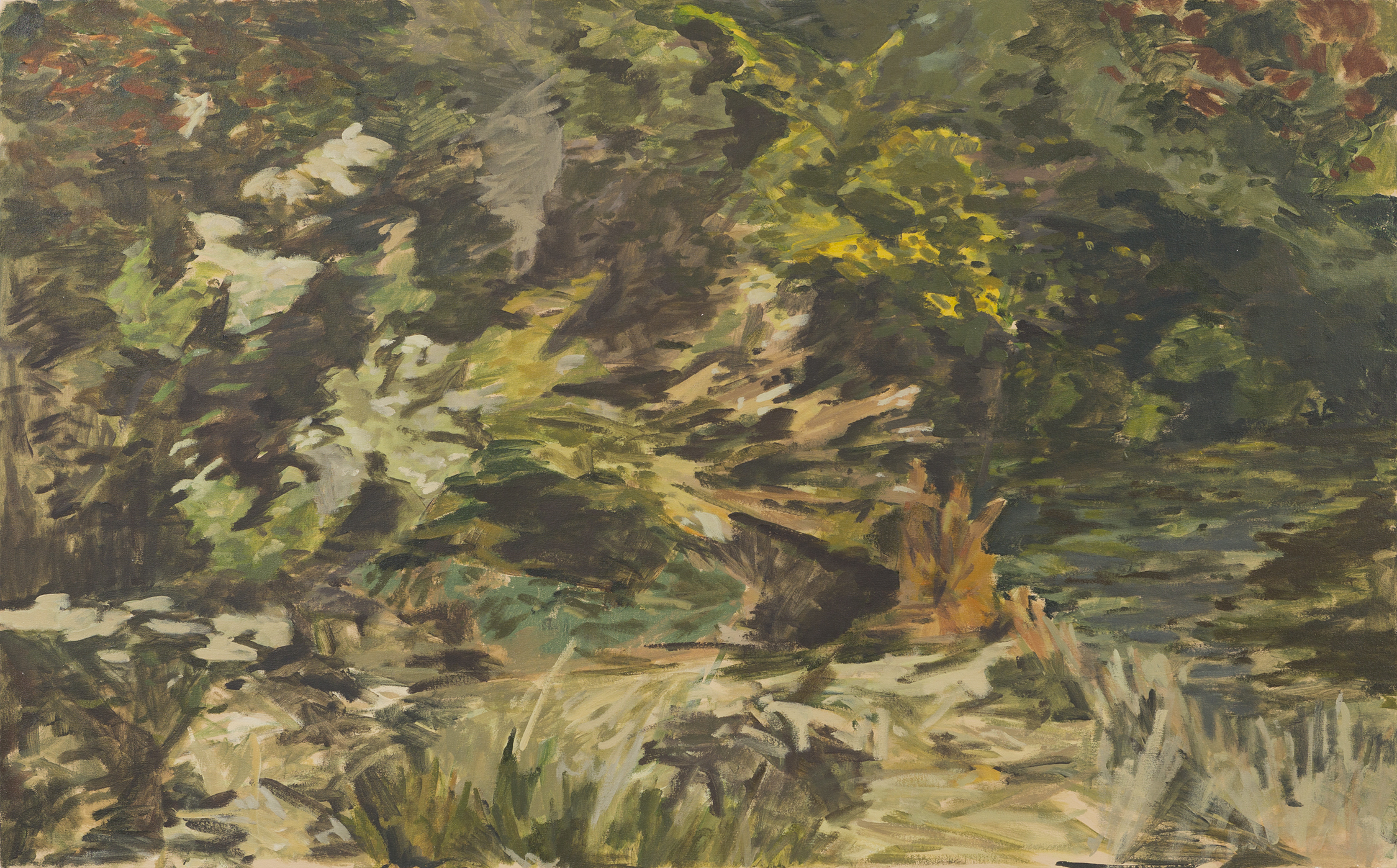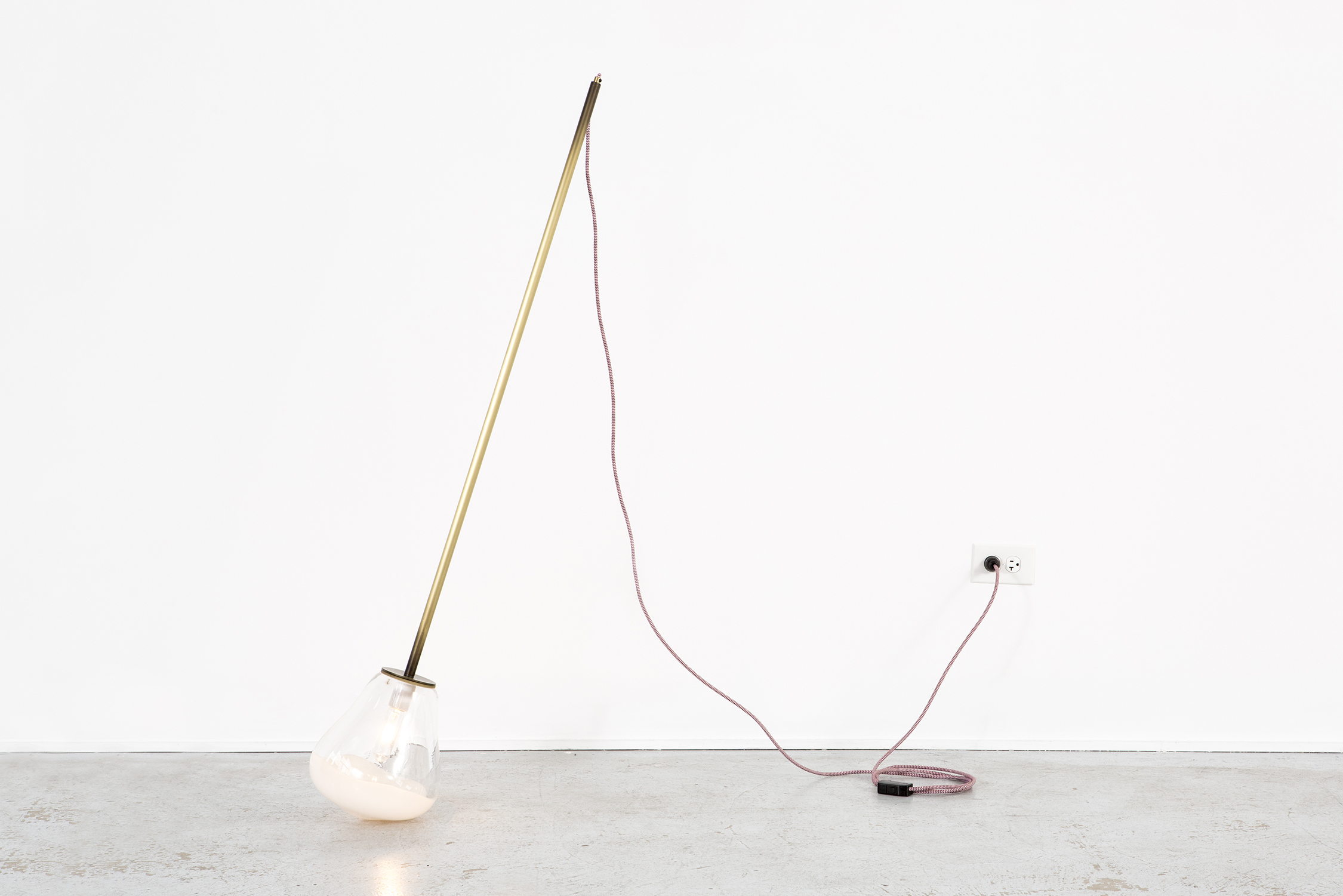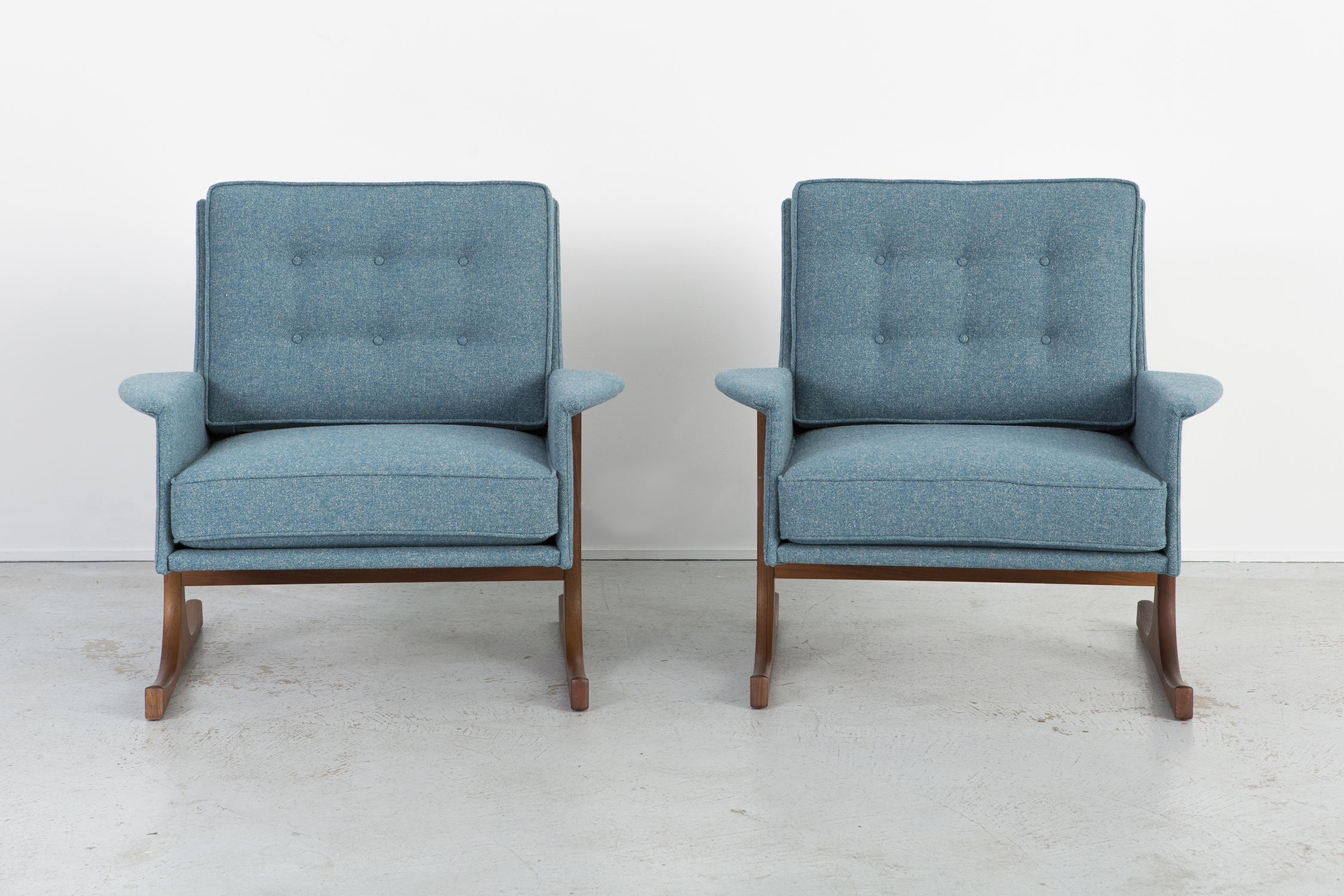With spring blooming before our eyes, we thought it might be nice to select some pieces of our inventory that liven our spirits and make us think of the fresh air, great sunshine, and blossoming trees.

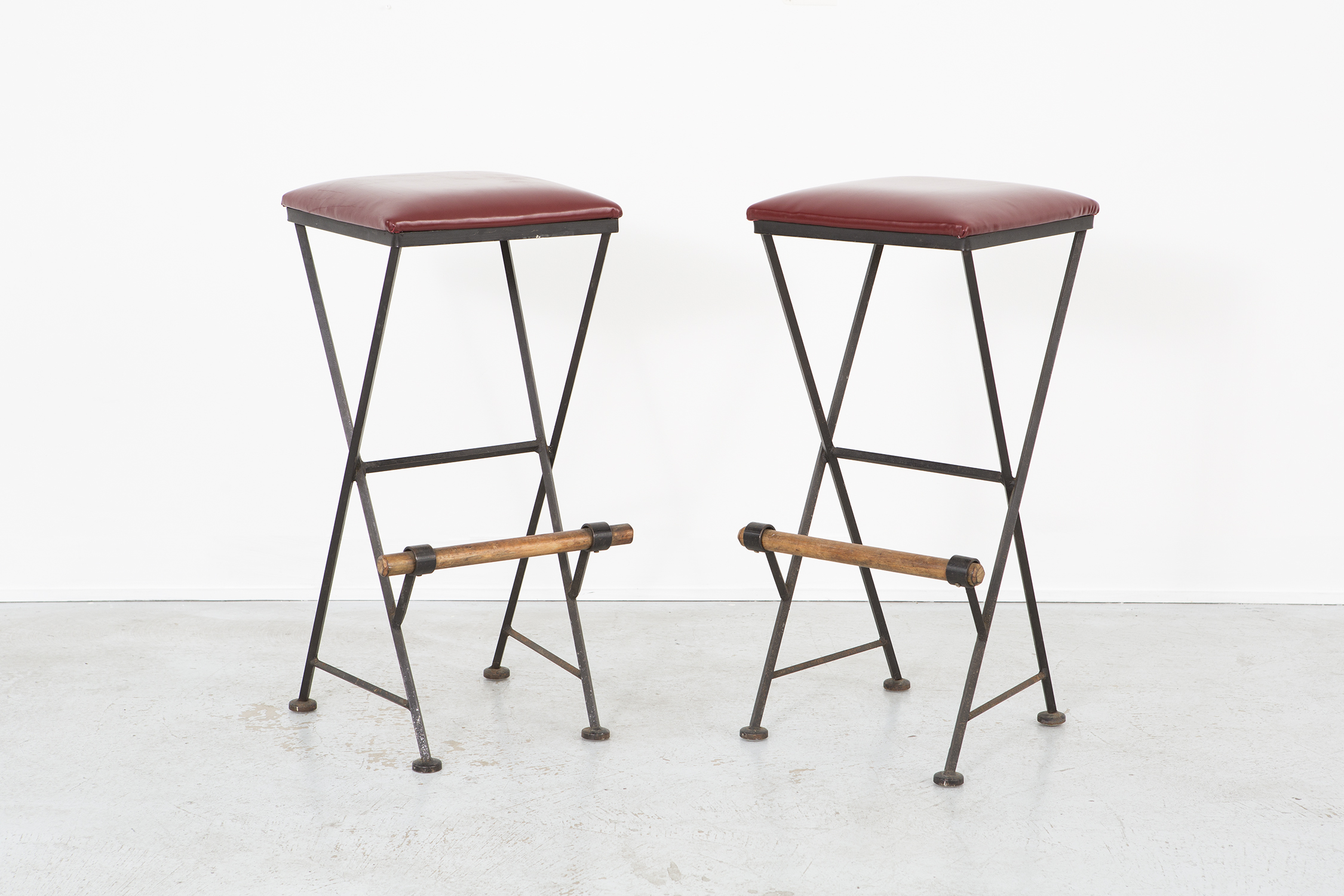
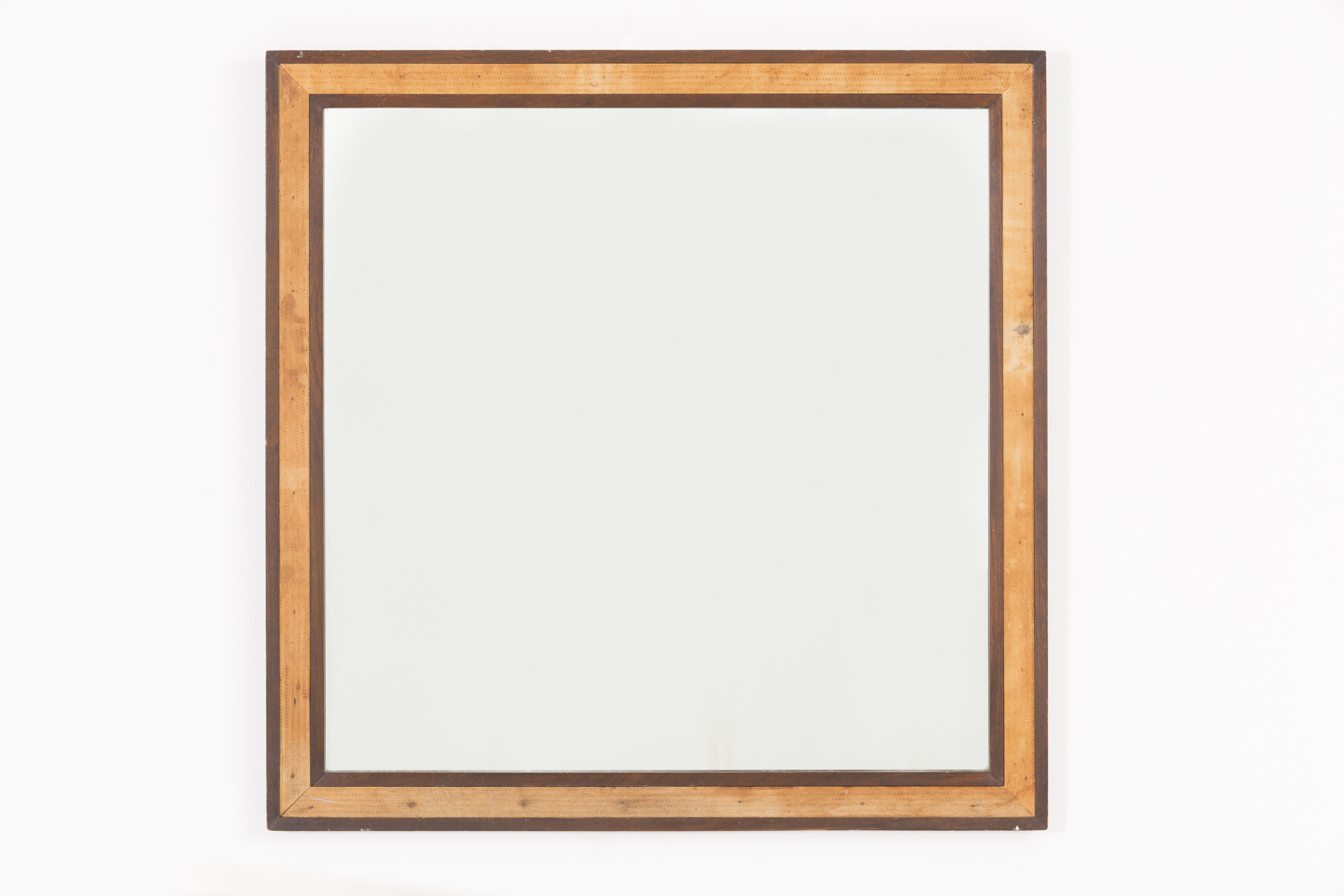
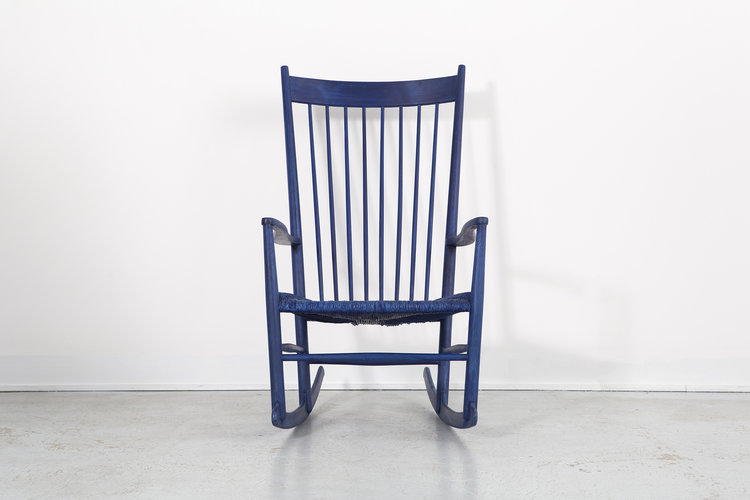
Wood
One of the great things about classic modern furniture is the patina their wood accrues over years of love and usage. Simultaneously hearty and rustic, wood plays nicely in any interior looking to add a touch of natural to its design.
Arthur Umanoff is known for his wrought iron, delicate wood constructions. This serving tray displays his unique sensibilities with wood. Made of Taverneau wood with reed handles, it is a simple and elegant accent to freshen up your living room or nightstand.
The Cleo Baldon Stools combine rich leather, metal, and wood for an angular barstool with a little bit of personality.
This Edward Wormley Mirror designed for Dunbar features thick glass with a mahogany frame, all parts are original from its production in the 1950s. Wood simply does not grow like this anymore, making this a one of a kind addition to your home.
Not all wood has to be brown though, our blue Hans Wegner Rocking Chair has a stained finish, allowing the original wood grain to show through while still having a vibrant tone to add contrast to your interior.
Natural and Woven Fibers
Organic fibers like linen or wool can add a bit of soft texture and color without overpowering a piece of furniture. Fabrics can have a vintage possibly historical feel, or be crisp clean and revive an interior with contemporary texture and color. This set of 4 chairs designed by Eva + Niles Koppel are an excellent melding of fabric and wood.
This sofa designed by Grete Jalk for France + Daverkosen has been reupholstered in a Charcoal Grey Maharam Wool Felt for a modern, yet natural touch. The neutral tone can act as a ballast for the rest of the color story in your room while helping the natural beauty of the sofa's wooden frame shine.
These Chinese Mail Bags can lend a bit of refinement to your home's collection, signaling a connection between the eastern and western hemispheres with their French text. A beautifully preserved artifact with a strong history.
These Adrian Pearsall Wingback Chairs with Ottomans are one of our favorites. Reupholstered in fine linen, these historic pieces are one of Pearsall's best and stand up to the angular, sharp construction of contemporary furniture. Balancing its colors with a dark wooden frame and creamy fabric, this timeless furniture is a true collector's item.
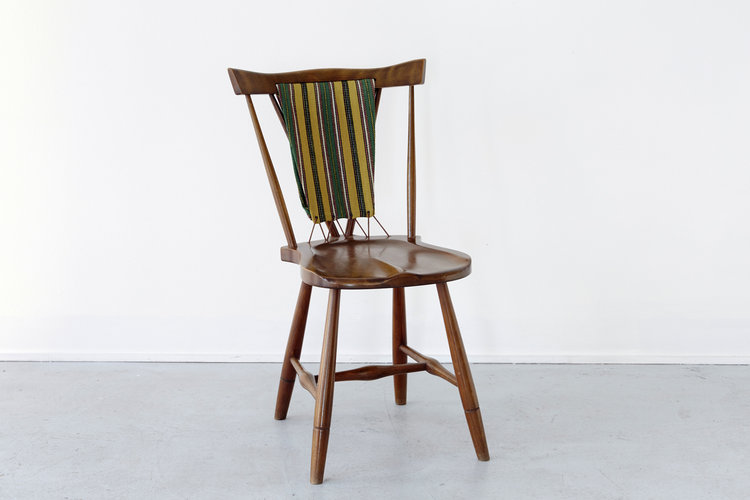

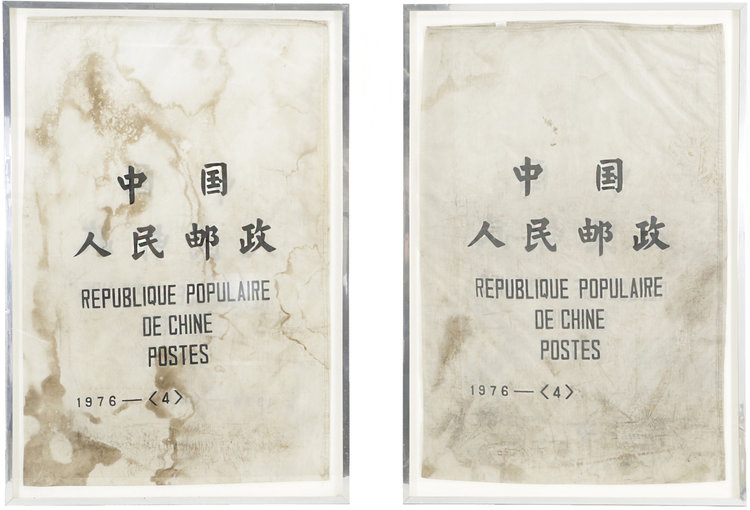
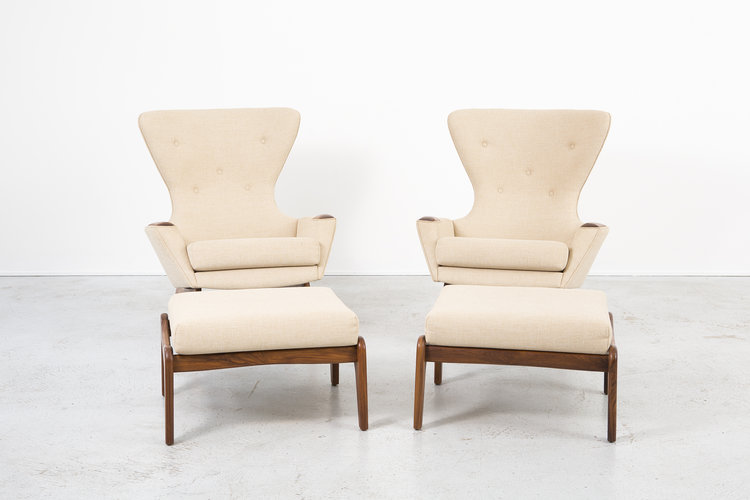
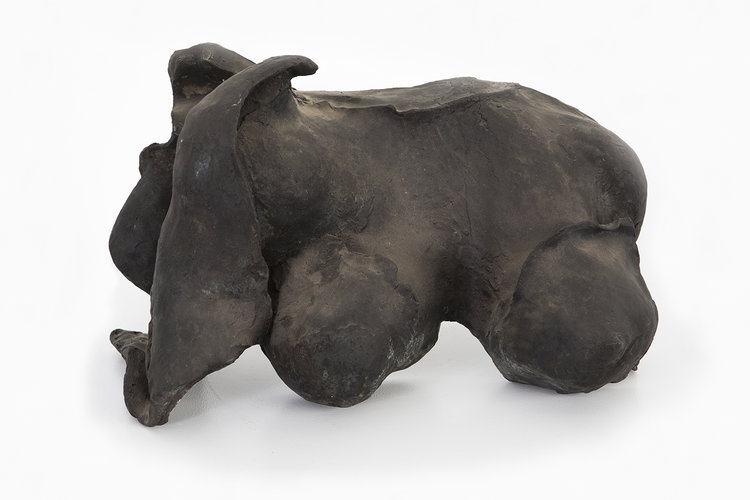
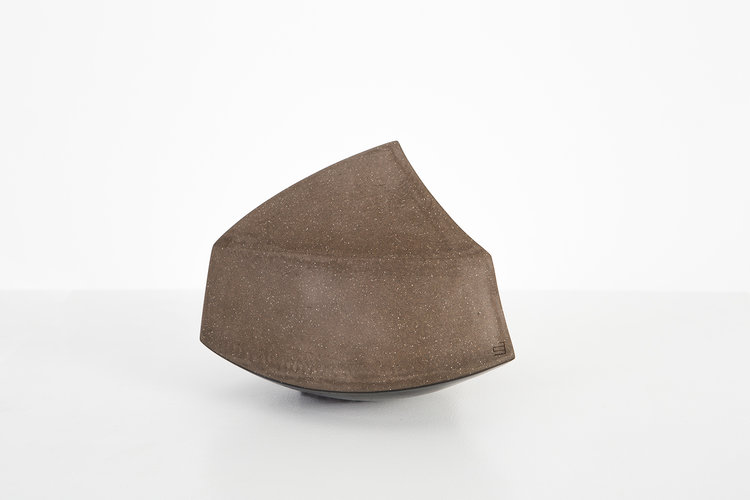
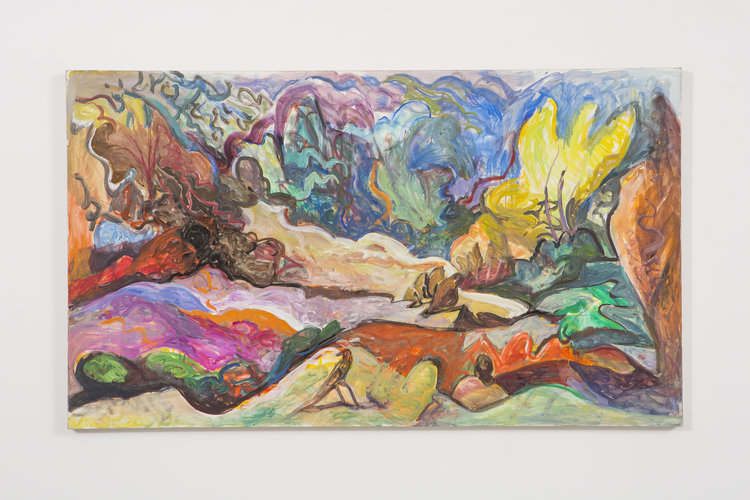
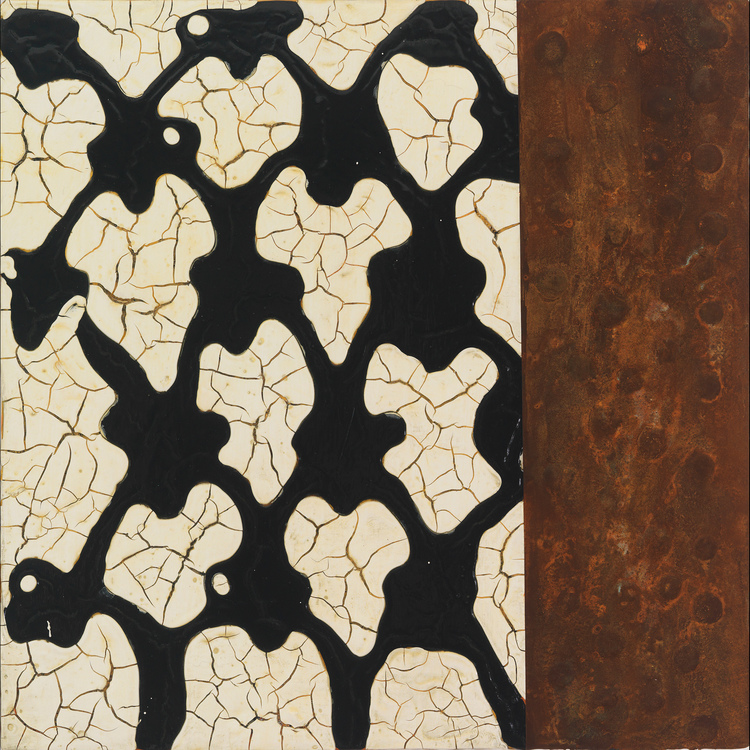
ART
Ceramic, metal, or paintings can also lend themselves to naturalistic environments. Unlimited by the constraints of furniture, artworks can accent and round out the overall feeling of your interior.
Works like Power Shoulder by Ruth Azuiss Migdal take a powerful, earthy form abstracted from the body.
Amanda Gentry's You Are Here takes more austere form, yet maintains the careful handmade qualities of ceramics.
William Eckhardt Kohler's Listening Bird is a vibrant rendering of idyllic fields. One part fantasy and one part nature.
Loosely Painted After: Black Lattice is Lynn Basa's investigation into decaying forms. A vaguely rusty or wooden section meets against organic black and cream forms. With an eye for foreground and background interplay, this simple abstraction is quiet enough to compliment rooms but elegant enough to capture your gaze.

